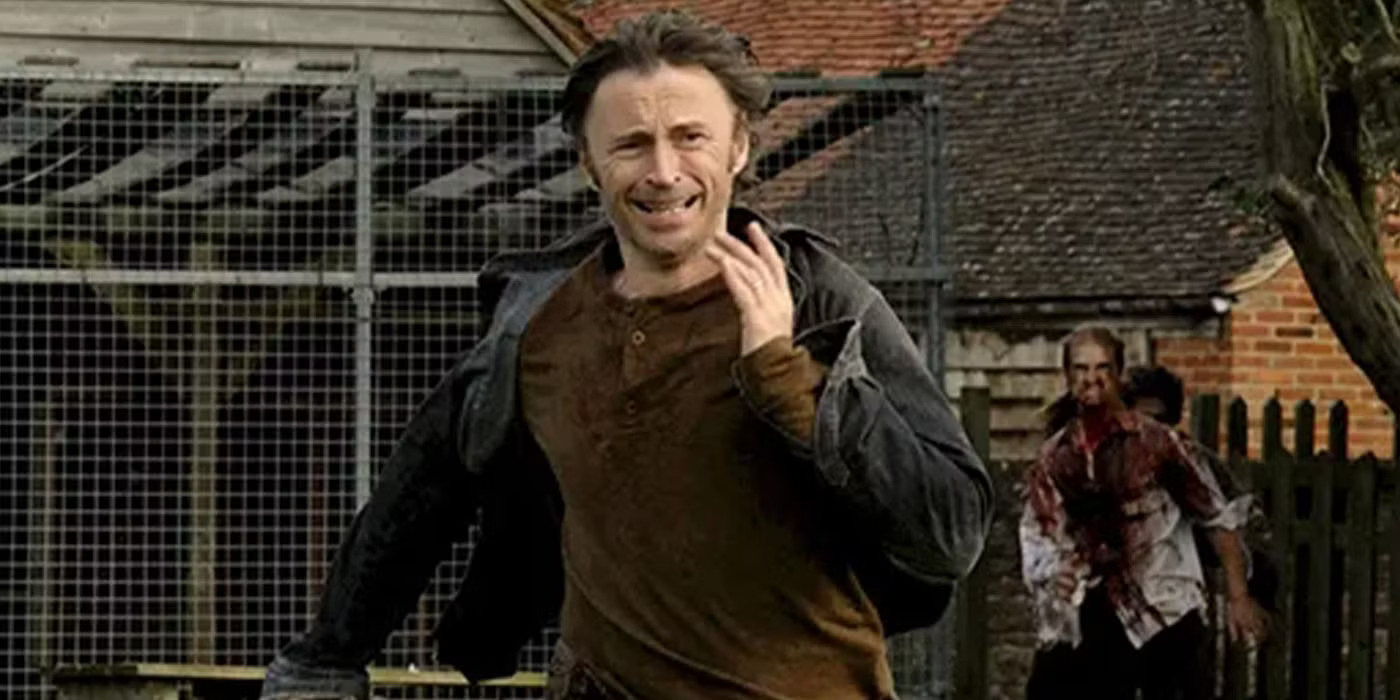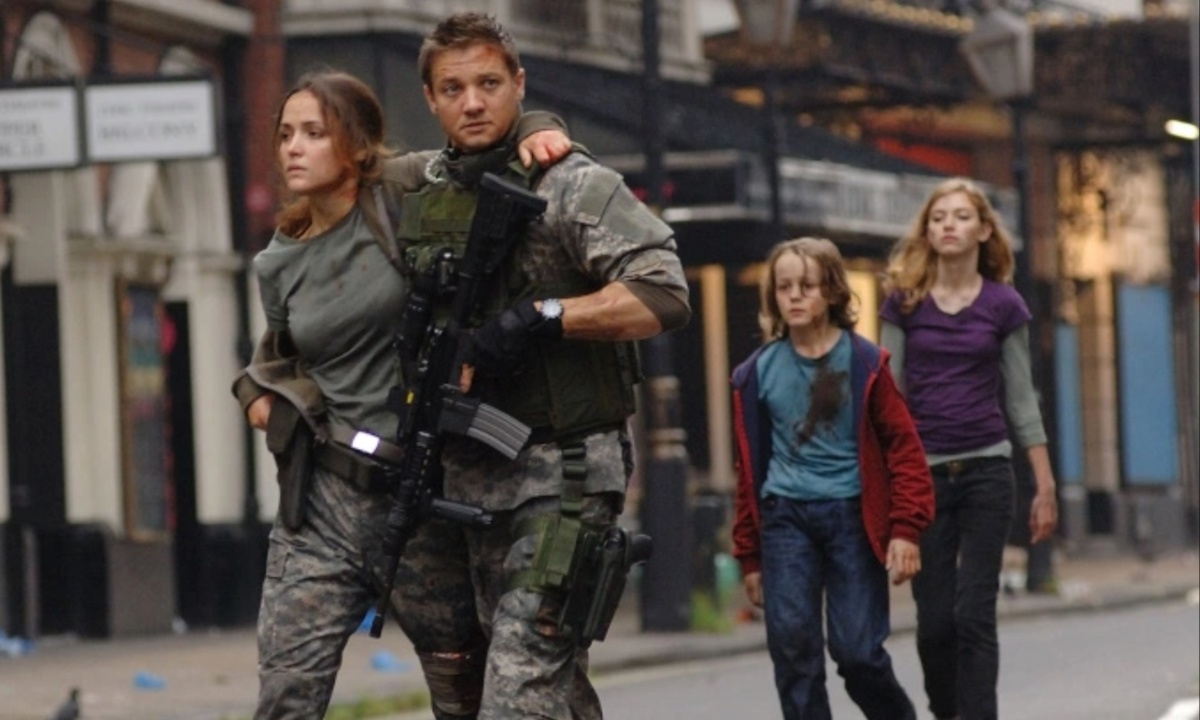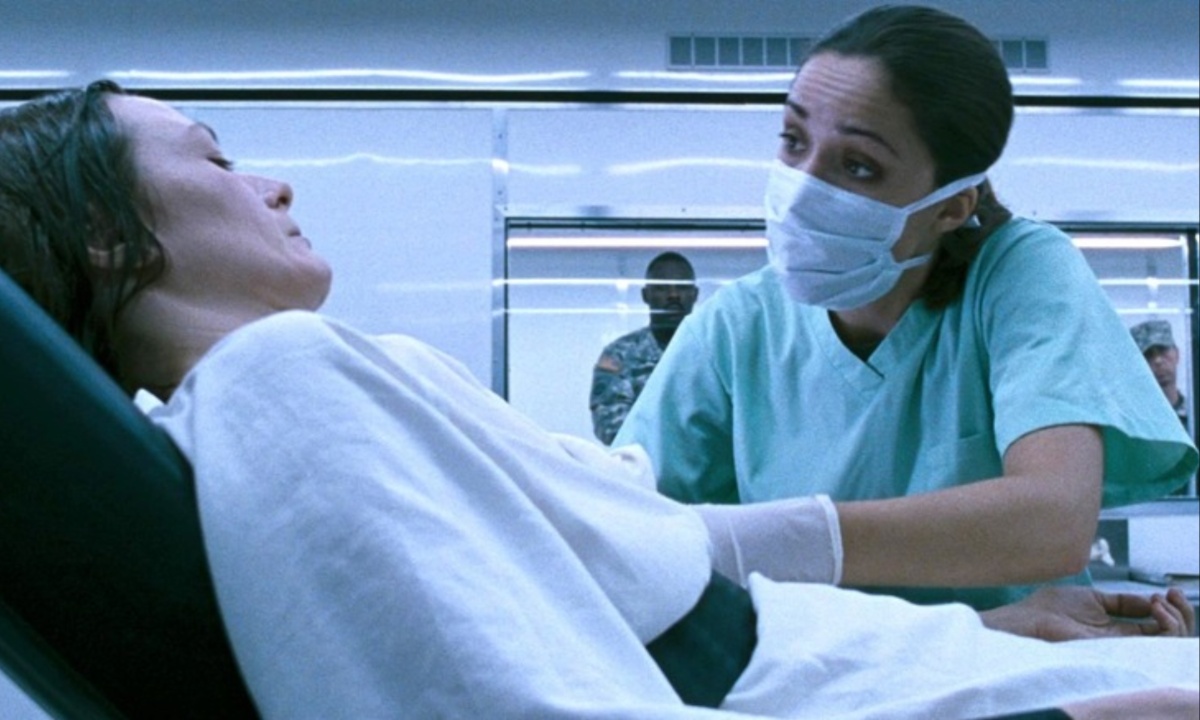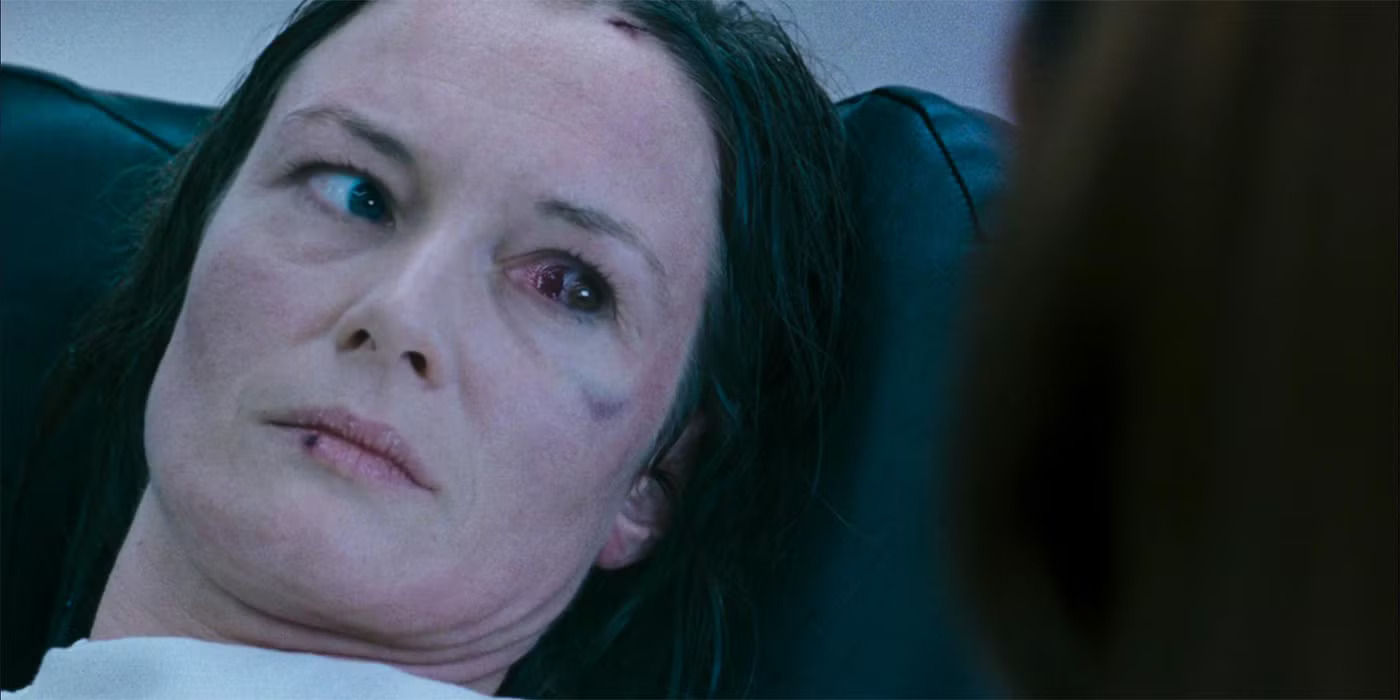Danny Boyle’s “28 Days Later” redefined the zombie-horror genre by introducing a terrifyingly fast and aggressive variant of the infected. Unlike traditional slow-moving undead, the film’s antagonists are driven by uncontrollable rage, fueled by the deadly Rage virus.
Set in post-apocalyptic Britain, the movie explores survival, fear, and human resilience amid a crumbling society. Despite the overwhelming dread, Boyle offers a glimmer of hope—survivors band together, and authorities are made aware of their plight, suggesting a possible future free from infection.
Boyle’s ability to ground his apocalyptic vision in realism makes “28 Days Later” more than just a horror film; it’s a deeply emotional and thought-provoking narrative. The desolate streets of London serve as a stark reminder of how fragile civilization truly is, and the film asks profound questions about human nature, morality, and the instinct to survive.
By the end, there is a sense of cautious optimism, with the infected appearing to die out due to starvation, and the possibility of rebuilding society slowly emerging from the chaos.

Human Error and the Unstoppable Spread of Rage in a Doomed World
Juan Carlos Fresnadillo’s “28 Weeks Later” picks up six months after the initial outbreak, amplifying the bleakness of its predecessor. While Boyle’s film suggested that humanity might triumph over the infection, the sequel plunges civilization into even deeper despair. The virus resurfaces with renewed vigor, ensuring that survival remains a brutal struggle with no clear resolution. With no silver lining to soften its grim outlook, the film questions the very possibility of a world beyond the Rage virus.
The sequel explores the idea that even in the face of catastrophe, human error and selfishness exacerbate the crisis. While efforts to rehabilitate survivors and establish quarantine zones seem like steps toward recovery, they are undermined by the same flaws that doomed humanity in the first place. The film suggests that rather than being purely victims, humans are often the architects of their own destruction, as the choices made in moments of desperation tend to carry devastating consequences.
“28 Weeks Later” concludes on a harrowing note, emphasizing the inescapable consequences of the Rage virus. The film suggests that the infection has altered the genetic makeup of humanity, making uncontrolled aggression an inherent trait. This unsettling prospect hints that the world is doomed to a cycle of relentless violence, ensuring that even temporary victories against the virus are ultimately futile.
The final act of the film leaves little room for hope, presenting a terrifying vision of an outbreak that is no longer limited to Britain but now spreading across Europe. This bleak conclusion underscores the idea that humanity’s greatest enemy is itself—through arrogance, negligence, and an inability to learn from past mistakes, the Rage virus is allowed to persist and thrive. The film serves as a metaphor for real-world pandemics and the consequences of failing to contain them in time.

Survival, Guilt, and the Unforgiving Cost of Compassion in a Ravaged World
The sequel begins by revisiting the initial outbreak, following Don and Alice, a couple trying to survive with other refugees in a secluded cottage. Their temporary sanctuary is shattered when they take in a young survivor, inadvertently leading to an attack by the infected. In a moment of sheer panic, Don abandons Alice and escapes, believing her to be dead. This act of cowardice sets the stage for the unfolding tragedy, as Don later reunites with his children, Andy and Tammy, in a supposed safe zone established by NATO forces.
The emotional weight of Don’s actions looms over the entire film. His survival is not a victory, but rather a burden—one that he attempts to suppress through lies and denial. The psychological complexity of his character adds depth to the narrative, illustrating how guilt and regret can be just as damning as the virus itself. His eventual downfall is not just a moment of horror, but a poetic form of justice, reinforcing the idea that the past always comes back to haunt us.
Andy and Tammy’s quest to preserve their mother’s memory leads them back to their former home, where they find Alice miraculously alive but infected as an asymptomatic carrier. She is brought to quarantine, where Don, wracked with guilt, secretly visits her. A single moment of misguided affection—a kiss—unleashes catastrophe. Don becomes infected, kills Alice, and spreads the virus within the safe zone, triggering a second outbreak and proving that in this world, even love and forgiveness can be lethal.
This moment encapsulates one of the film’s central themes: the fine line between human emotion and destruction. Don’s desire for redemption results in catastrophe, illustrating how even the purest of intentions can lead to devastation. The film constantly grapples with the idea that love, trust, and empathy—qualities that define us as humans—are ultimately liabilities in a world ruled by violence.
The film delves into the moral dilemmas faced by those in power when confronted with an uncontrollable pandemic. Echoing real-world crises, authorities resort to extreme measures, including firebombing infected zones to contain the outbreak. In stark contrast, sniper Doyle and scientist Scarlet emerge as rare figures of compassion, defying orders to protect Andy and Tammy in hopes of facilitating a cure. Their sacrifices reinforce the theme that true humanity lies in selflessness, even when the world seems beyond saving.
The contrast between ruthless efficiency and human empathy is a recurring motif in post-apocalyptic fiction. 28 Weeks Later argues that while pragmatic decision-making is necessary for survival, it is often the loss of empathy that truly damns humanity. Doyle and Scarlet’s willingness to sacrifice themselves for the children offers a glimmer of hope in an otherwise nihilistic world.

A False Dawn as Survival Meets the Unrelenting Spread of the Rage Virus
Despite their protectors’ efforts, Andy and Tammy are left to navigate the post-apocalyptic world alone. They manage to escape Britain via helicopter, offering a slim chance of a cure. However, the film refuses to provide a comforting resolution. The final shot—infected swarming the streets of Paris—suggests that the virus has now reached mainland Europe. What was once a contained crisis has transformed into a global catastrophe.
Their survival, while initially hopeful, is overshadowed by the sheer scale of the outbreak. The implications of the final scene are terrifying—Andy may be the key to a cure, but he is also a walking time bomb. His presence among the uninfected is a reminder that the virus is never truly gone and that no one is safe as long as it lingers within him.
The film’s haunting conclusion serves as a grim commentary on the nature of pandemics and human vulnerability. Even if a cure were to emerge, the psychological and societal scars left behind would persist. Survivors must live with the burden of loss, while silent carriers like Andy pose an ever-present threat. “28 Weeks Later” leaves audiences with the unsettling realization that in a world plagued by Rage, humanity’s greatest enemy might be itself.



